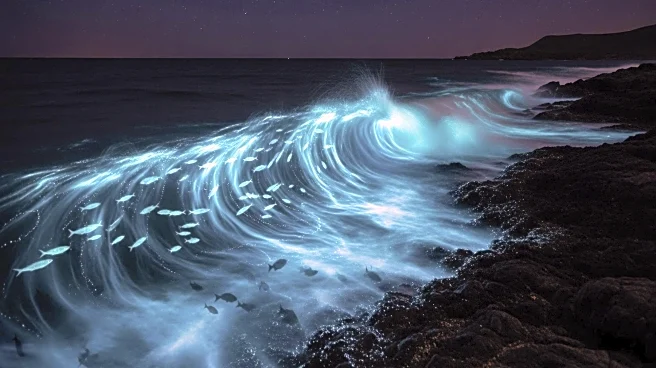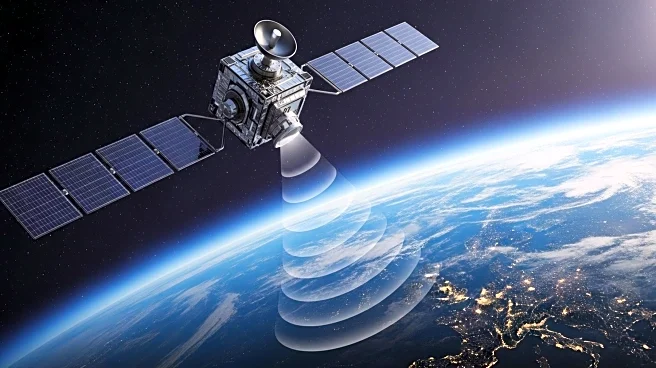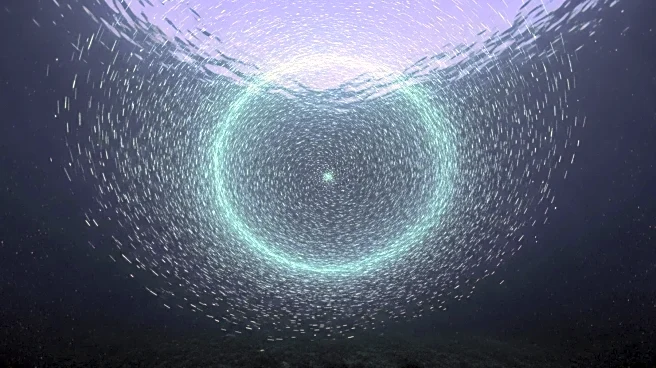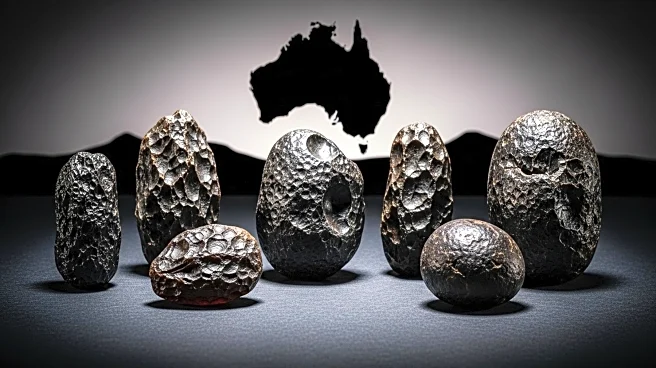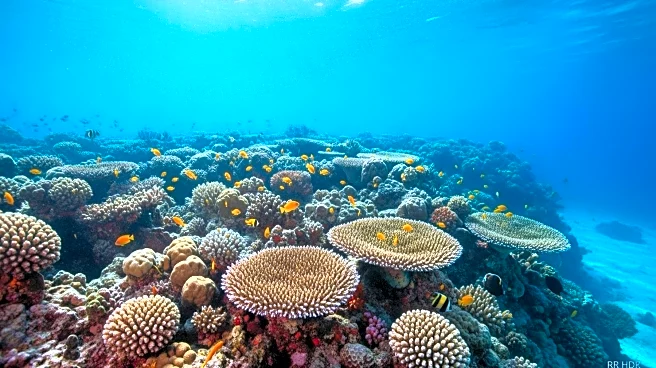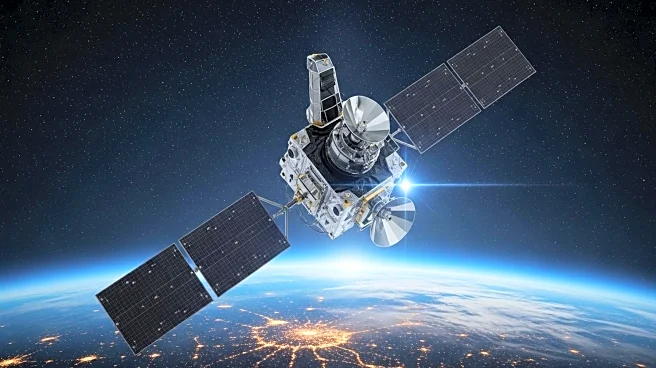What is the story about?
What's Happening?
NASA's satellites have captured a striking bioluminescent phytoplankton bloom off the southern coast of Australia, visible from space. This natural phenomenon has drawn significant attention from scientists and the public alike. The turquoise glow is primarily due to high concentrations of chlorophyll-a in the phytoplankton, which thrive in nutrient-rich waters. These blooms are not only visually stunning but also play a crucial role in marine ecosystems by supporting a diverse range of oceanic life. The area, known for its dynamic currents, serves as a critical maritime route and a feeding ground for numerous marine species, including blue whales. The ability to capture such detailed images from space provides invaluable insights into the oceanographic conditions of this region.
Why It's Important?
The bioluminescent phytoplankton blooms are significant for several reasons. They form the foundation of the marine food web, supporting a wide variety of marine life, including blue whales, sardines, and tuna. These blooms are also essential for global oxygen production and climate regulation. The visibility of such blooms from space highlights the importance of ocean circulation, nutrient cycling, and seasonal dynamics. This discovery underscores the interconnectedness of marine processes and global environmental health, emphasizing the ocean's vital role in sustaining life on Earth. The event also showcases the potential of technological advancements in satellite imaging to enhance our understanding of Earth's marine environments.
What's Next?
As scientific exploration of the oceans continues, the ability to monitor and study these bioluminescent blooms will improve with advancements in satellite technology. This will open new avenues for scientific discovery and environmental protection. The ongoing research into these phenomena will help address challenges related to climate change and biodiversity preservation. The mesmerizing glow captured from space signifies the potential for future discoveries and the importance of continued oceanographic research in maintaining ecological balance.
Beyond the Headlines
The bioluminescent phytoplankton blooms serve as a reminder of the delicate balance that sustains Earth's ecosystems. They highlight the interconnectedness of life on our planet and the critical role of marine environments in global ecological health. The pursuit of knowledge in marine science remains a key factor in addressing climate change and preserving biodiversity for future generations. As we continue to explore the depths of our oceans, the potential for uncovering hidden wonders remains vast, driven by the watchful eyes of our satellites.
AI Generated Content
Do you find this article useful?
